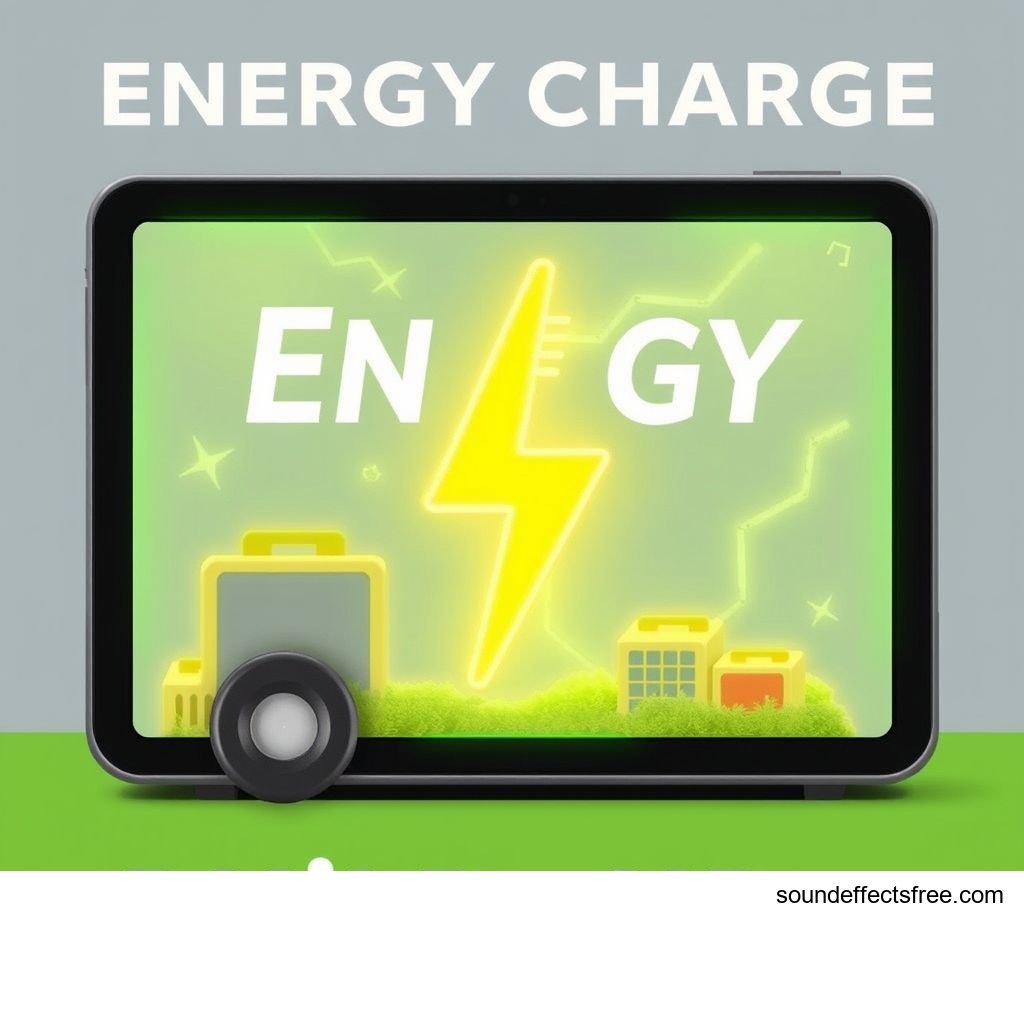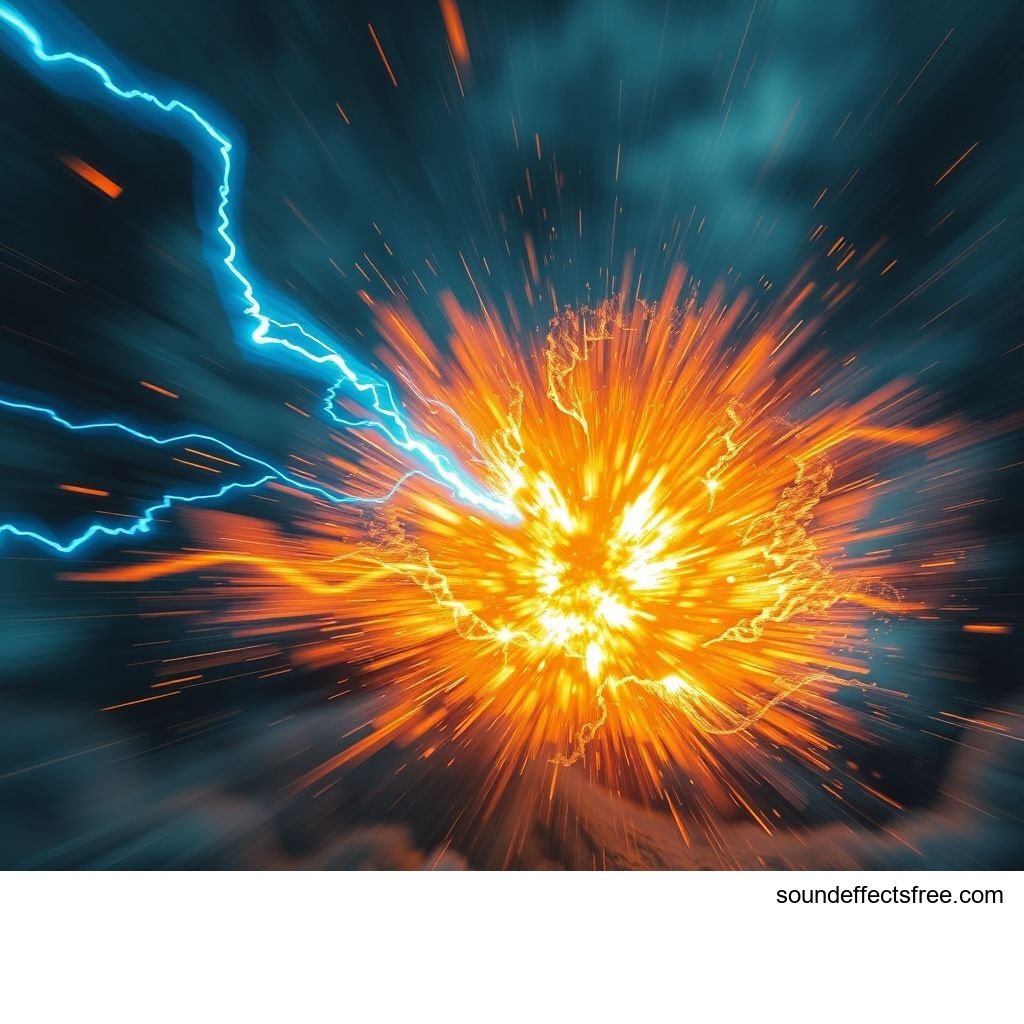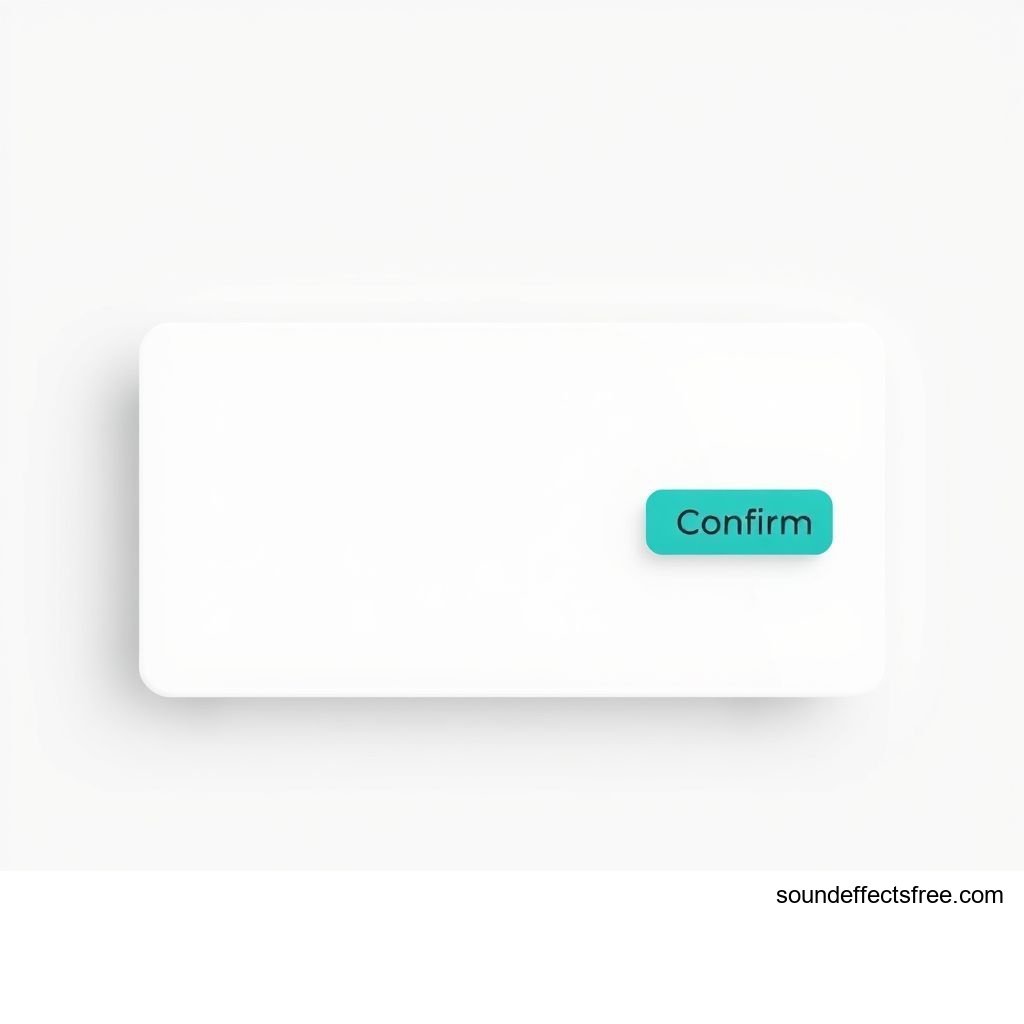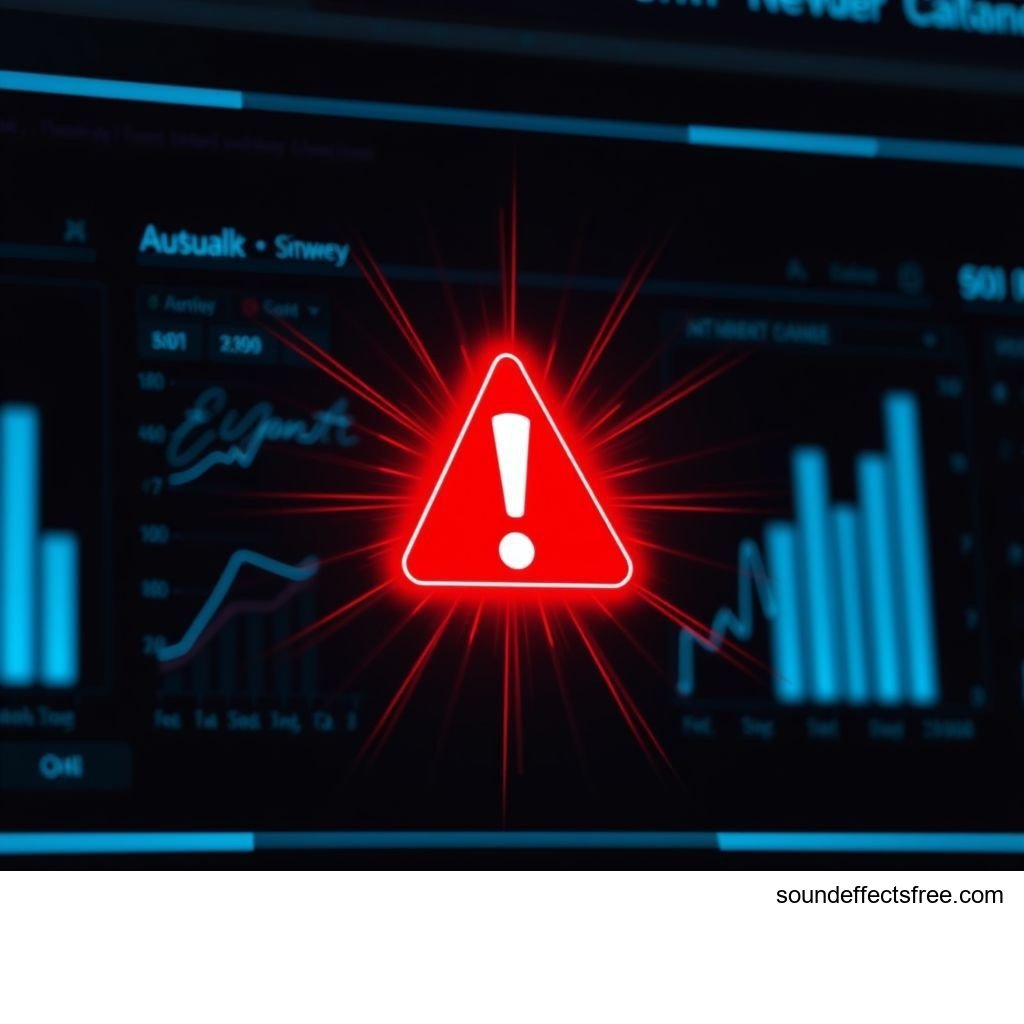Energy Charge: Crafting Dynamic SFX
Mastering the creation of compelling sound effects is crucial for any media project. A powerful energy charge sound can elevate user experience. It brings life to interfaces, games, and animations. This guide explores the art of crafting dynamic energy charge sound effects. You will learn techniques to make your audio truly impactful. Elevate your projects with amazing energy!
Applications in Media
Dynamic energy charge sounds are vital. They communicate power and impending action. These sounds create anticipation for users and viewers. They are an essential part of effective sound design.
Industry-Specific Uses
In video games, energy charge sounds signify a player's ability gaining power. Think of a character's special attack building up. This audio cue provides critical feedback. For user interfaces (UI), a subtle energy build-up can signal a successful loading screen or a button activation. This enhances user satisfaction. In film and animation, these sounds generate tension. They prepare the audience for an imminent surge or transformation. They are key for sci-fi, fantasy, and action genres. Each application demands a unique approach to energy design.
Creative Techniques
Crafting an energy build-up effect involves more than just a simple sound. It's about designing an experience. You can use rising pitches to indicate increasing power. Accelerating rhythms suggest a growing charge. Layering multiple audio elements creates depth. This technique makes the sound feel more complex and powerful. A carefully designed energy sound can build immense suspense. It pulls the audience deeper into the narrative. It truly signifies a significant power-up.
Technical Analysis
Understanding the technical aspects is key. It helps in shaping your energy sounds. This involves looking at their waveform and frequency content. These elements define the character of your audio effect.
Waveform Characteristics
An energy charge sound often follows a specific envelope. It typically has a slow attack, meaning it builds up gradually. The sustain phase might be prolonged, holding the tension. The release phase can be quick and impactful, signaling the charge is complete. A sound's waveform dictates its dynamics. It defines how the energy evolves over time. A smooth waveform creates a gentle build-up. A more complex one can create a chaotic surge. Experiment with different ADSR (Attack, Decay, Sustain, Release) settings. This shapes the temporal arc of your energy sound.
Frequency Profile
The frequency content of an energy sound is critical. Low frequencies provide a sense of weight and power. Mid-range frequencies add body and presence to the sound. High frequencies contribute sizzle and sparkle, indicating intense energy. A good energy charge will often sweep across frequencies. It starts low and builds to a high-pitched climax. This spectral movement enhances the feeling of a build-up. It adds to the overall dynamic surge.
Timbre & Texture
Timbre refers to the unique quality of a sound. Texture describes its perceived complexity. An energy sound can range from smooth and ethereal to harsh and aggressive. The choice of timbre influences the feeling of power. Is it magical energy or raw mechanical power-up? Adding granular textures can create a feeling of electricity or a volatile charge. These details make the audio effect unique. They give it a distinct identity.
Production Tips
Producing high-quality energy charge effects requires specific techniques. From initial recording to final processing, each step matters. These tips will help you create professional-grade audio.
Recording & Editing
Start by gathering diverse source sounds. These might include electrical hums, mechanical whirs, or even processed vocalizations. Record unique sounds to build your energy. Clean up your recordings meticulously. Remove any unwanted noise or hums. Use precise editing to shape the raw audio. Cut out silences and unnecessary elements. This provides clean material for your power-up effect. A clean starting point is essential for a polished final energy sound.
Synthesis & Layering
Digital synthesis is powerful for creating energy effects. Oscillators and filters can generate unique tones. Experiment with various waveforms like sine, saw, or square. Layer these synthesized sounds with your recorded elements. This layering adds depth and complexity. Each layer contributes a different aspect to the overall energy profile. Combine a low rumble with a high-pitched whine. This creates a full and rich charge sound.
Software Tools
Digital Audio Workstations (DAWs) like Ableton Live, Logic Pro, or Pro Tools are essential. They provide the environment for editing and mixing. Look for plugins that specialize in sound design. Granular synthesizers, spectral processors, and distortion units are invaluable. They help manipulate your sounds into new forms. Explore tools like Pro Sound Effects for professional sound libraries. These can be great starting points or additions to your custom energy sounds.
Processing Techniques
Apply various audio processing techniques. Compression can help control the dynamics of your energy sound. Equalization (EQ) shapes its frequency response. Reverb and delay add space and depth. Use automation to control parameters over time. Slowly increase volume or filter cutoff for a building energy effect. Subtle saturation can add warmth or grit to the power-up. These techniques refine the sonic character.
Creative Implementation
Beyond the technical aspects, creative choices define an energy sound. How you layer and position sounds impacts their effectiveness. Consider these methods for compelling results.
Layering Methods
Layering is an art form. Combine distinct elements to form a cohesive energy sound. A low-frequency hum forms the base. Mid-range sweeps add movement. High-frequency sparkles provide detail. Ensure each layer serves a purpose. Don't just stack sounds. Instead, sculpt them to complement each other. This creates a rich, complex energy build-up. This detailed layering makes the sound truly impactful.
Spatial Effects
Spatialization makes the sound feel real. Use panning to move the energy across the stereo field. This can simulate movement or a shifting charge. Reverb adds a sense of space or environment. A short reverb makes the sound feel immediate. A long reverb suggests a vast space. Delay can create echoes or rhythmic pulses. These effects immerse the listener. They add a three-dimensional quality to your power-up sound.
Dynamic Shaping
Automating parameters is crucial for dynamic energy. Program volume swells for a gradual build-up. Manipulate filter cutoffs to increase brightness over time. Use LFOs (Low-Frequency Oscillators) to add subtle wobbles or pulsing. This dynamic movement makes the energy feel alive. It creates a sense of continuous charge. Related energy sounds often feature such dynamic shaping.
User Experience Focus
Always consider the user's perception. Is the energy charge sound clear? Does it convey the right message? Does it feel satisfying? Test your sounds in context. Get feedback from others. A great energy sound enhances the user experience. It communicates intent without words. Think about how a simple UI Confirm Tap communicates immediate feedback. A complex energy sound does the same, but for a larger event.
Sound Pack Integration
Integrating new energy sounds with existing libraries is a smart approach. Sound packs offer diverse options. They can quickly expand your audio palette. Learn how to combine them effectively.
Using with Other Sounds
An energy charge often precedes another sound. It might lead into a weapon firing or an interface activation. Ensure your energy sound transitions smoothly. It should complement the subsequent effect. Test how your custom energy sound interacts with existing sound effects. Does it blend well with hits, impacts, or ambient sounds? The goal is a seamless audio experience.
Complete Collection
Building a comprehensive library of energy sounds is a good strategy. A varied collection offers flexibility. It ensures you have the right sound for every project. A full sound pack provides consistency and quality. Get the full sound pack for comprehensive audio solutions. This gives you many different energy options.
FAQ Section
Q1: What is the most important element for a good energy charge sound? A1: The most important element is its dynamic build-up. It needs to clearly communicate increasing power and anticipation.
Q2: How many layers should I use for an effective energy sound? A2: There's no fixed number, but 3-5 distinct layers (low, mid, high frequency components, and maybe a textural layer) often work well to create a rich energy charge.
Q3: Can I use real-world recordings for an energy effect? A3: Absolutely! Processed real-world recordings like electrical hums, motor sounds, or even processed nature sounds can add unique energy and realism to your power-up effects.
Q4: What's the difference between a "charge" and a "surge" sound? A4: A "charge" implies a gradual build-up of energy, while a "surge" suggests a sudden, intense burst or flow of power. A charge often leads to a surge.
Q5: How can I make my energy sounds unique? A5: Experiment with unusual source material, unique processing chains, and creative layering. Focus on a distinct timbre and a dynamic energy movement to stand out.




